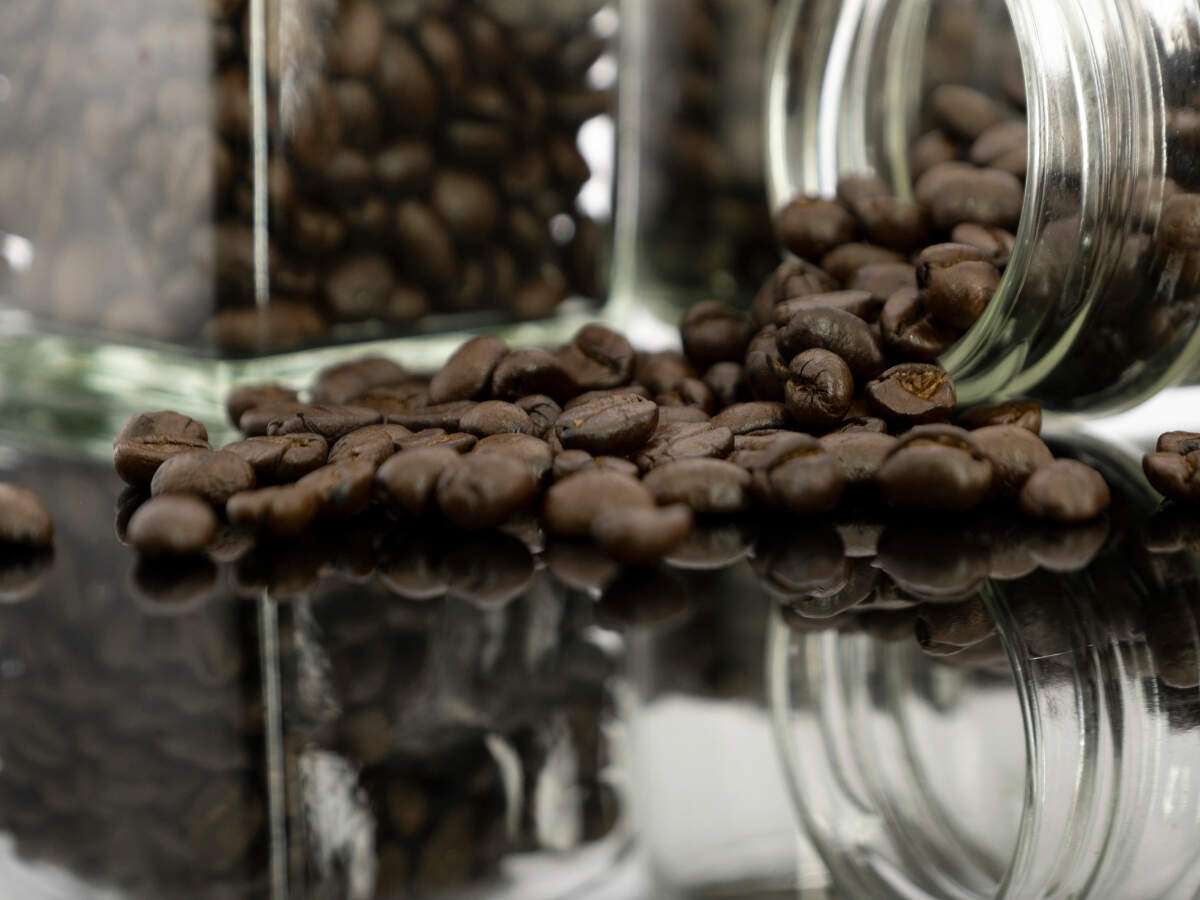Hii guys ,
In this topic I am going to share some ideas about how you can calculate yield of the compound which can be obtained in chemical reactions or used in chemical reactions. Because it's very important thing for pharmaceuticals industry because we have save the money we have give 100% productivity then Very important to konw exactly how amount or how much percentage we get after the process.
The world of pharmaceutical production is an expensive one. Many drugs have several steps in their synthesis and use costly chemicals. A great deal of researchers takes place to develop better ways to make drugs faster and more efficiently. Studying how much of a compound is produced in any given reaction is an important part of cost control.
Percent Yield
Chemical reactions in the real world don’t always go exactly as planned on paper. In the course of an experiment things will contribute to the formation of less product than would be predicted. Besides spills and other experimental errors, there are usually losses due to an incomplete reaction, undesirable side reactions, etc. Chemists need a measurement that indicates how successful a reaction has been. This measurement is called the percent yield.
To compute the percent yield, it is first necessary to determine how much of the product should be formed based on stoichiometry. This is called the theoretical yield, the maximum amount of product that could be formed from the given amounts of reactants. The actual yield is the amount of product that is actually formed when the reaction is carried out in the laboratory The percent yield is the ratio of the actual yield to the theoretical yield, expressed as a percentage.
Percent Yield=Actual YieldTheoretical Yield×100%
Percent yield is very important in the manufacture of products. Much time and money is spent improving the percent yield for chemical production. When complex chemicals are synthesized by many different reactions, one step with a low percent yield can quickly cause a large waste of reactants and unnecessary expense.
Typically, percent yields are understandably less than 100% because of the reasons indicated earlier. However, percent yields greater than 100% are possible if the measured product of the reaction contains impurities that cause its mass to be greater than it actually would be if the product was pure. When a chemist synthesizes a desired chemical, he or she is always careful to purify the products of the reaction.
Sample Problem: Calculating the Theoretical Yield and the Percent Yield
Potassium chlorate decomposes upon slight heating in the presence of a catlyst according to the reaction below:
Sample Problem: Calculating the Theoretical Yield and the Percent Yield
Potassium chlorate decomposes upon slight heating in the presence of a catlyst according to the reaction below:
2KClO3(s)→2KCl(s)+3O2(g)
In a certain expriment,40.0 g KClO3 is heated until it completely decomposes. What is the theoretical yield of oxygen gas?
The experiment is performed and the oxygen gas is collected and its mass is found to be 14.9 g. What is the percent yield for the reaction?
First, we will calculate the theoretical yield based on the stoichiometry.
Step 1: List the known quantities and plan the problem.
Known
- given: mass of KClO3 = 40.0 g
- molar mass KClO3 = 122.55 g/mol
- molar mass O2 = 32.00 g/mol
Unknown
- theoretical yield O2 = ? g
Apply stoichiometry to convert from the mass of a reactant to the mass of a product:
g KClO3→mol KClO3→mol O2→g O2
Step 2: Solve.
40.0 g KClO3×1 mol KClO3122.55 g KClO3×3 mol O22 mol KClO3×32.00 g O21 mol O2=15.7 g O2
The theoretical yield of O2 is 15.7 g.
Step 3: Think about your result.
The mass of oxygen gas must be less than the 40.0 g of potassium chlorate that was decomposed.
Now, we use the actual yield and the theoretical yield to calculate the percent yield.
Step 1: List the known quantities and plan the problem.
Known
- Actual yield = 14.9 g
- Theoretical yield = 15.7 g (from Part 12.11A)
Unknown
Percent Yield=Actual YieldTheoretical Yield×100%
Use the percent yield equation above.
Step 2: Solve.
Percent Yield=14.9 g15.7 g×100=94.9%
Step 3: Think about your result.
Since the actual yield is slightly less than the theoretical yield, the percent yield is just under 100%.





